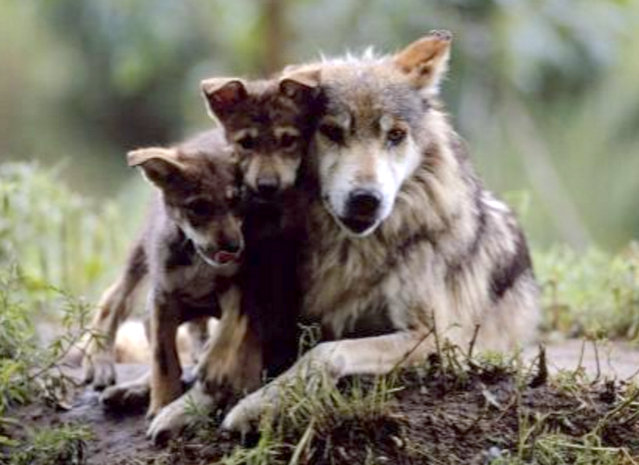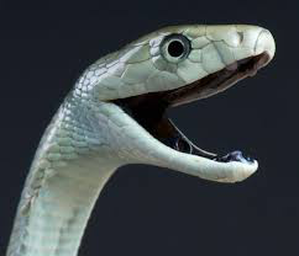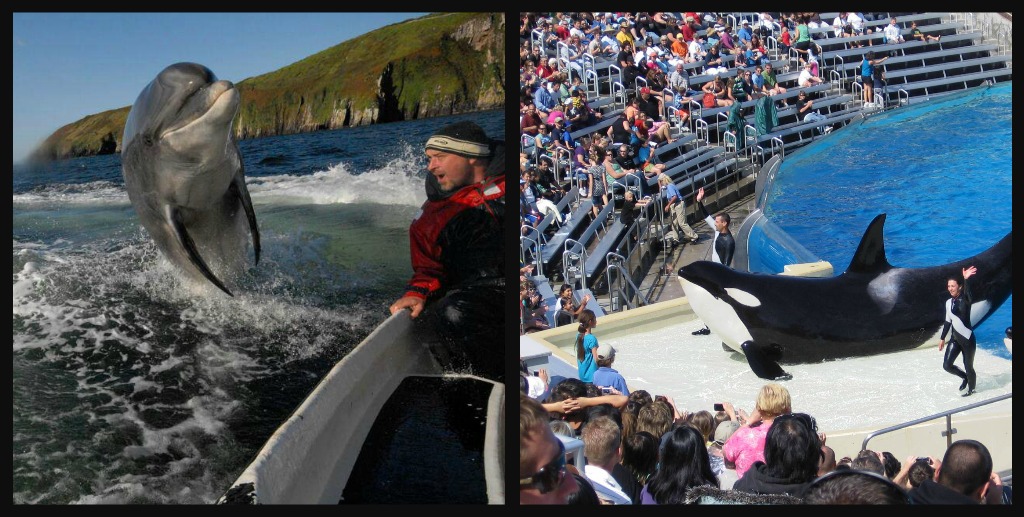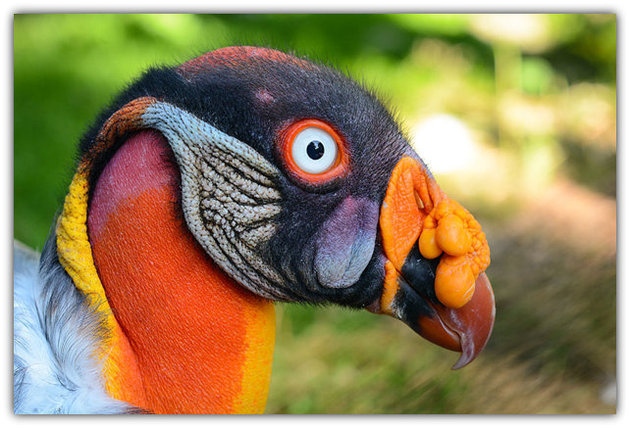My music teacher at school likes wolves and asked me if I could write an article about them. I thought that would be neat and decided I would. The first thing I did to learn about wolves was go to the Wildlife Science Center, which is very close to my house, for a tour. I learned that in Yellowstone in the 1970s, they had gotten rid of wolves and were having trouble because all the prey were eating all of the plants and there was almost nothing left. The government decided to bring the wolves back, but first they had to make a place to study wolves. They brought wild wolves from Canada to Minnesota to study them. Once they were finished, they brought more wolves from Canada to release in Yellowstone. They succeeded and plants started growing back because the wolves kept the population in balance.
After that, the government decided to shut down the study of the wolves. All the wolves in the Wolf Project would be euthanized. Peggy Callahan, who worked on the Wolf Project, wouldn’t let that happen. She started the Wildlife Science Center to let the wolves in the project live out their lives and to teach people how they can help protect wolves. They try to learn different ways for people to keep wolves away from their livestock and pets without harming the wolves. They try using different smells and objects to see what works to keep wolves away without hurting them. Now they don’t only take wolves. They have other animals like bears, coyotes, bobcats, lynx, foxes, and even skunks. They get the animals from people who tried to have them as pets (that never works!) and also when they’ve been injured and can’t survive in the wild or from zoos and other places that would have had to euthanize them.
After that, the government decided to shut down the study of the wolves. All the wolves in the Wolf Project would be euthanized. Peggy Callahan, who worked on the Wolf Project, wouldn’t let that happen. She started the Wildlife Science Center to let the wolves in the project live out their lives and to teach people how they can help protect wolves. They try to learn different ways for people to keep wolves away from their livestock and pets without harming the wolves. They try using different smells and objects to see what works to keep wolves away without hurting them. Now they don’t only take wolves. They have other animals like bears, coyotes, bobcats, lynx, foxes, and even skunks. They get the animals from people who tried to have them as pets (that never works!) and also when they’ve been injured and can’t survive in the wild or from zoos and other places that would have had to euthanize them.
The first wolf we saw on the tour was the smallest species of gray wolf, the Mexican gray wolf, which is endangered. There are only about 300 left! Next we saw a couple packs of gray wolves. My favorite was a pack of four male wolves, because I learned about the rules of the pack. The leader of the pack or the alpha male gets to hold his tail up the highest. The other wolves have to hold their tails lower. The lowest wolf in the pack, Javier, doesn’t follow the rules, and the alpha male sometimes gets mad and puts him in a time out! After that, we saw the red wolves, which looked a lot like coyotes. They are endangered because people often mistake them for coyotes and shoot them when hunting. There are only about 100 of them left now! We also got to feed a pack of wolves little pieces of hot dogs. That’s not normally what they eat, though. Usually they are given roadkill deer from the highways and donated freezer meat that people don’t want anymore. We have some old meat in our freezer that we want to bring to donate sometime!
After the wolves, we saw two of their bears. One was rescued off of Craigslist! The other someone had tried to keep as a pet, but that didn’t work out, and the bear ended up losing one of its ears. I learned that it’s never a good idea to try to keep wild animals as pets, ever! When they are babies, they are friendly, but as they get older, their instincts kick in and they start getting territorial and aggressive. By that time, it’s too late for them to survive in the wild because they didn’t learn how to hunt or how to stay away from predators.
During the tour, I got to hear all the wolves joining together howling! It was so cool! You can hear a wolf howl here.
Towards the end of the tour, we saw two lynx sisters cuddling together in the shade. They were soooooo cute!!
Towards the end of the tour, we saw two lynx sisters cuddling together in the shade. They were soooooo cute!!
After the tour, I decided I wanted to learn more about how wolf packs work, why wolves are endangered, and why some people want to kill them. I went to the library and found a book about wolves. This is what I learned! In an average wolf pack, there are 6 to 8 wolves. Wolves are extremely territorial. Sometimes they travel long distances, about 30 miles a day, to patrol their territory and find food. Each pack has an alpha male and an alpha female. Those are the leaders of the pack. They show the pack where to go and what to do. The alpha male and female are always the first to eat after the pups. Usually, the alpha male and female are the only wolves to have pups in the pack.
Every year during April or May, the alpha female normally gives birth to a litter of 4-6 pups. Wolf pups weigh one pound when they are born and they are blind, deaf, and completely dependent on their mother for food and protection against predators like bears. When a wolf gives birth to pups, the pups live in a hole or a cave called a den that the parents find or create themselves. They stay inside the den until they are two months old and are big enough to move with the pack. While the pups play, they find out which of them is dominant.
After the pups have lived a while with the pack, some of them stay, and one may become an alpha male or female. Some get pushed out of the pack and become lone wolves who will try to find a mate to start a new pack or join another pack. Wolves take turns taking care of the pups while the other wolves go hunting. If a pack is too small, they may have to leave the pups alone. When a wolf is injured, all the wolves in the pack will help to take care of them. Wolves sleep as much as 12 hours at a time! When they wake up, one wolf will start howling to awaken the other wolves. Once the other wolves are awake, they will join the howl and then try to find prey.
Every year during April or May, the alpha female normally gives birth to a litter of 4-6 pups. Wolf pups weigh one pound when they are born and they are blind, deaf, and completely dependent on their mother for food and protection against predators like bears. When a wolf gives birth to pups, the pups live in a hole or a cave called a den that the parents find or create themselves. They stay inside the den until they are two months old and are big enough to move with the pack. While the pups play, they find out which of them is dominant.
After the pups have lived a while with the pack, some of them stay, and one may become an alpha male or female. Some get pushed out of the pack and become lone wolves who will try to find a mate to start a new pack or join another pack. Wolves take turns taking care of the pups while the other wolves go hunting. If a pack is too small, they may have to leave the pups alone. When a wolf is injured, all the wolves in the pack will help to take care of them. Wolves sleep as much as 12 hours at a time! When they wake up, one wolf will start howling to awaken the other wolves. Once the other wolves are awake, they will join the howl and then try to find prey.
In the 1970s, there were fewer than 1,000 wolves in the lower 48 states. That’s why the government decided to make wolves a protected species. That was very successful, and now there are more than 5,000 wolves in the lower 48 states. Some wolves are not endangered species anymore. In Alaska, many people hunt wolves from airplanes. Montana and Idaho allow hunters to kill wolves. Why do people want to kill wolves? Some people hunt wolves because they blame them for killing off elk and other animals. Another reason is because wolves sometimes kill livestock. I think people shouldn’t hunt wolves, because they aren’t going to eat them and are only killing them for fun. Also, there are other ways farmers can prevent wolves from getting their livestock without harming them. One way people hunt wolves is with snares, which can be a slow and painful death.
You can help wolves by teaching other people how wolves are important in the ecosystem to keep the balance between predator and prey. You could also write to your representatives about how wolves are important and how you don’t want them to be hunted. If you want to help the Wildlife Science Center, you can learn more on their website: www.wildlifesciencecenter.org. Here in Minnesota, you can learn more about helping wolves at www.howlingforwolves.org.
Thanks for reading my article. It definitely taught me something about wolves. I hope it taught you something, too!
Here you can enjoy the song “footprints of old, footprints of gold” that my music teacher Carlos Pilán wrote for the grey wolves of Minnesota.
Sources:
Brandenburg, Jim and Judy. Face to Face With Wolves. National Geographic Society, 2008.
Tour of the Wildlife Science Center in Columbus, Minnesota on May 14, 2016.
www.howlingforwolves.org
You can help wolves by teaching other people how wolves are important in the ecosystem to keep the balance between predator and prey. You could also write to your representatives about how wolves are important and how you don’t want them to be hunted. If you want to help the Wildlife Science Center, you can learn more on their website: www.wildlifesciencecenter.org. Here in Minnesota, you can learn more about helping wolves at www.howlingforwolves.org.
Thanks for reading my article. It definitely taught me something about wolves. I hope it taught you something, too!
Here you can enjoy the song “footprints of old, footprints of gold” that my music teacher Carlos Pilán wrote for the grey wolves of Minnesota.
Sources:
Brandenburg, Jim and Judy. Face to Face With Wolves. National Geographic Society, 2008.
Tour of the Wildlife Science Center in Columbus, Minnesota on May 14, 2016.
www.howlingforwolves.org





































 RSS Feed
RSS Feed
